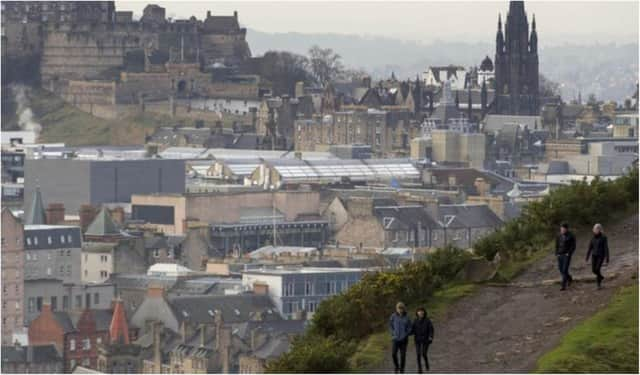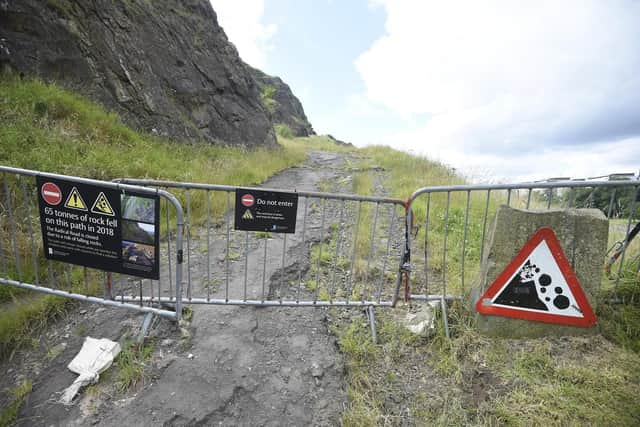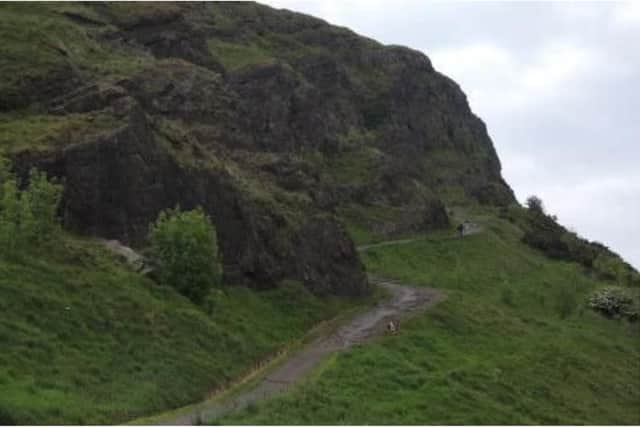Radical Road: The forgotten history of Edinburgh’s Radical Road as it faces permanent closure


As reported in Wednesday’s Evening News, Historic Environment Scotland (HES) may “permanently prohibit all access” to the Radical Road.
The Radical Road was closed in 2018, amid fears for public safety following a 50-tonne rock fall.
Advertisement
Hide AdAdvertisement
Hide AdWhile the agency is still considering “the most appropriate option” for the pathway with the help of specialists, it has not ruled out a permanent closure.


HES said: “The health and safety of our visitors and staff must always be paramount”.
In an “options appraisal” carried out by HES in 2021, which was released to The Ferret under freedom of information law, the agency found that a permanent closure would be the safest and most cost effective option.
It read: “A permanent closure of the Radical Road footpath would achieve the highest reduction in residual risk of injury to visitors and staff, and would allow Salisbury Crags to remain fundamentally unchanged, preserving the fabric and iconic setting within gates and high barriers,” the HES report said.
Steeped in history


Advertisement
Hide AdAdvertisement
Hide AdNestled within the confines of the Holyrood Park, the Radical Road is easily overlooked yet has its own interesting history for those who visit it.
Less than one mile from Princes Street is the site of Holyrood Park; a 650-acre inner-city oasis which was once a royal hunting estate before its designation as a park by King James V in the 16th century.
The Radical Road sits approximately halfway up the side of the 151ft Salisbury Crags; the series of cliffs which in turn make up the ever-popular Arthur’s Seat.
The steep-sided pathway got its name from the unemployed West of Scotland weavers who were set to work paving a track round Salisbury Crags, following their failed efforts during the Radical War of 1820.
Advertisement
Hide AdAdvertisement
Hide AdThis Scottish Insurrection came as a result of social unrest from workers fed up with what they perceived to be unjust working and living conditions from the government. Monday 3 April 1820 gave rise to a national strike which began in Glasgow, with protest leaders across the country arrested and some executed or transported to the colonies for their actions.
After King George IV visited the city in 1822, author Sir Walter Scott suggested that unemployed weavers could be used to build a handy footpath around the route.
If you can pull your attention away from the extinct volcano that is Arthur’s Seat, the Radical Road offers great views from Edinburgh over towards Fife, the Ochils and the Pentlands. As an added bonus for those who fear heights, the Radical Road is safer for those walking animals or young children, as it’s not as tall as Salisbury Crags.
Once your walk is completed, take a visit to the nearby Duddingston Loch - the only natural loch in Holyrood Park, and one which is regularly frequented by ducks and swans.
Comment Guidelines
National World encourages reader discussion on our stories. User feedback, insights and back-and-forth exchanges add a rich layer of context to reporting. Please review our Community Guidelines before commenting.